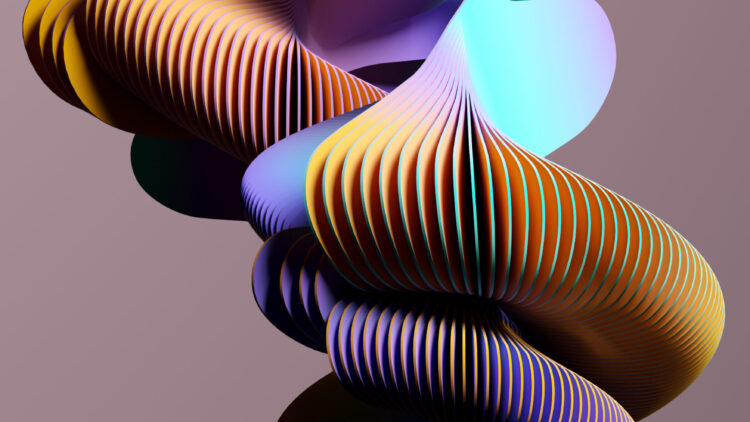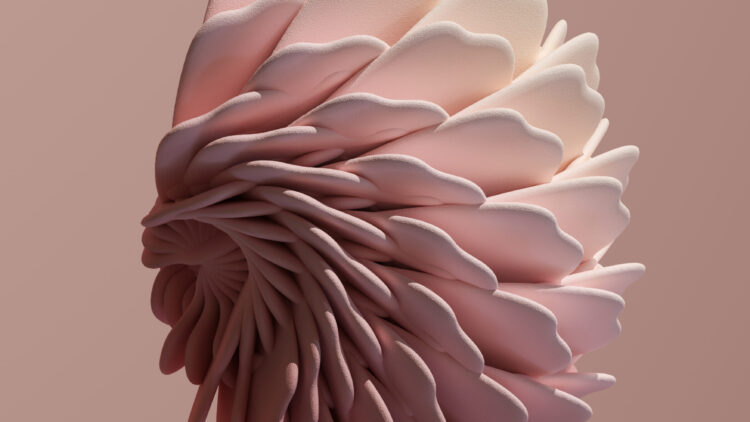品牌, 觀點 The Unsettling Transformations of Generative AI
Exploring the Impact of Generative AI on Creativity, Art and Design, and the Potential Threat to Human Jobs in the Future of Creativity
As the digital realm continues to evolve at breakneck speed, we find ourselves at a crossroads. On one hand, we have the late computer scientist Alan Kay’s perspective: “Anybody in his right mind should have an inferiority complex every time he looks at a flower.” Kay saw the complexity of nature, mirrored in our technological advancements, as a cause for awe rather than fear. Yet, nearly 69% of U.S. college graduates feel their jobs are hanging by a thread due to artificial intelligence (AI). As AI continues to infiltrate our lives, are we on the precipice of a societal upheaval or merely overreacting?
The Pandora’s Box of Generative AI
The arrival of generative AI on the creative scene has sent shockwaves through the industry. This subset of machine learning, armed with the capability to create fresh data from existing patterns, is pushing the boundaries of creativity:
Automated content generation: AI models like Jasper, now valued at a staggering $1.5 billion, can churn out articles, blogs, or social media posts at an alarming rate.
Quality enhancement: AI-generated content is not just faster, it’s often more accurate than human-created content, leaving us to question the value of human input.
Diversification: The latest AI models can produce an overwhelming array of content versions across text, imagery, and video.
Content personalization: AI models can adapt content to users’ preferences, making human-guided personalization seem outdated.
Tech behemoths like Google, Meta, Adobe, and Salesforce are nurturing generative AI in-house, while over 140 generative AI startups have mushroomed in the past year. But is this rapid expansion of AI a boon or a harbinger of an unsettling future?

The End of Human Ingenuity?
OpenAI’s Dall-E, a tool that can generate unique creative interpretations from a series of keywords, presents an image of the future that is both powerful and somewhat unsettling. Is this the beginning of the end for human creativity? Are we on the verge of becoming obsolete in a world dominated by machines?
Brands, agencies, and creatives should not be too quick to dismiss these fears as unwarranted. The narratives spun by Microsoft and Google paint AI as an ally, but are we overlooking the potential threats? AI is not just reshaping creativity, business, and society—it’s also altering the balance between human and machine.
AI: Creative Ally or Adversary?
Generative AI tools are not just tools; they are becoming the creators themselves. This isn’t a tale of machines aiding our creativity; this is a chilling reality where machines might render human creativity redundant.
Imagine Coca-Cola, Mazda, or NASA employing these tools to experiment with infinite brand and product prototypes without human input. Heinz has already ventured down this path, using Dall-E 2 to explore bottle designs. Is this a glimpse of a future where human creativity is sidelined?
As technology continues to evolve, we could soon be in a world where complex assets are produced with ease, even AR experiences. AR technology could become a standard feature in our lives, with AI assisting in applying filters and lenses to our daily experiences.

The Human Petal in the AI Storm
While Alan Kay may have been right in his time, the rapid advancement of AI is causing many to question this perspective. The complexity of AI is not just new; it’s potentially threatening. Creativity is not just evolving; it may be on the endangered list.
When you admire a flower, its genetic complexity doesn’t diminish its beauty. Similarly, when you encounter an AI-generated image, you appreciate the end product rather than the algorithmic workings behind it. The focus will be on the AI that set the creative gears in motion, not the human behind it.
Generative AI, while promising, also poses a significant threat to the future of human creativity. The next generation of artists and creatives may be competing with AI, not working alongside it. The result? An unprecedented creative landscape that could witness the extinction of human creativity as we know it.


